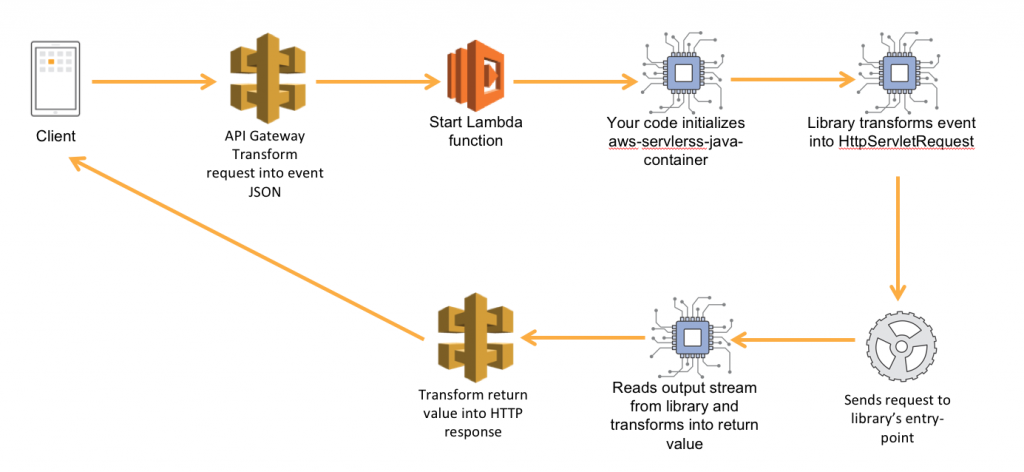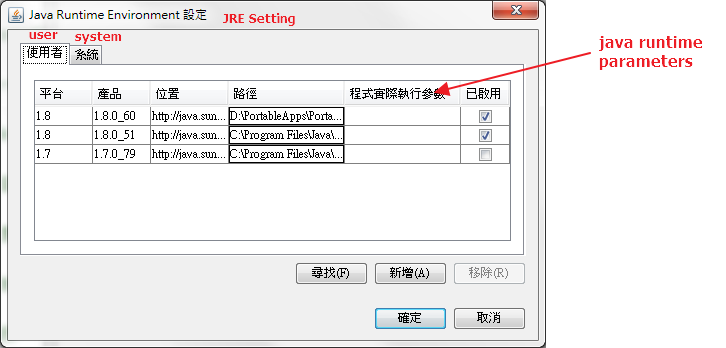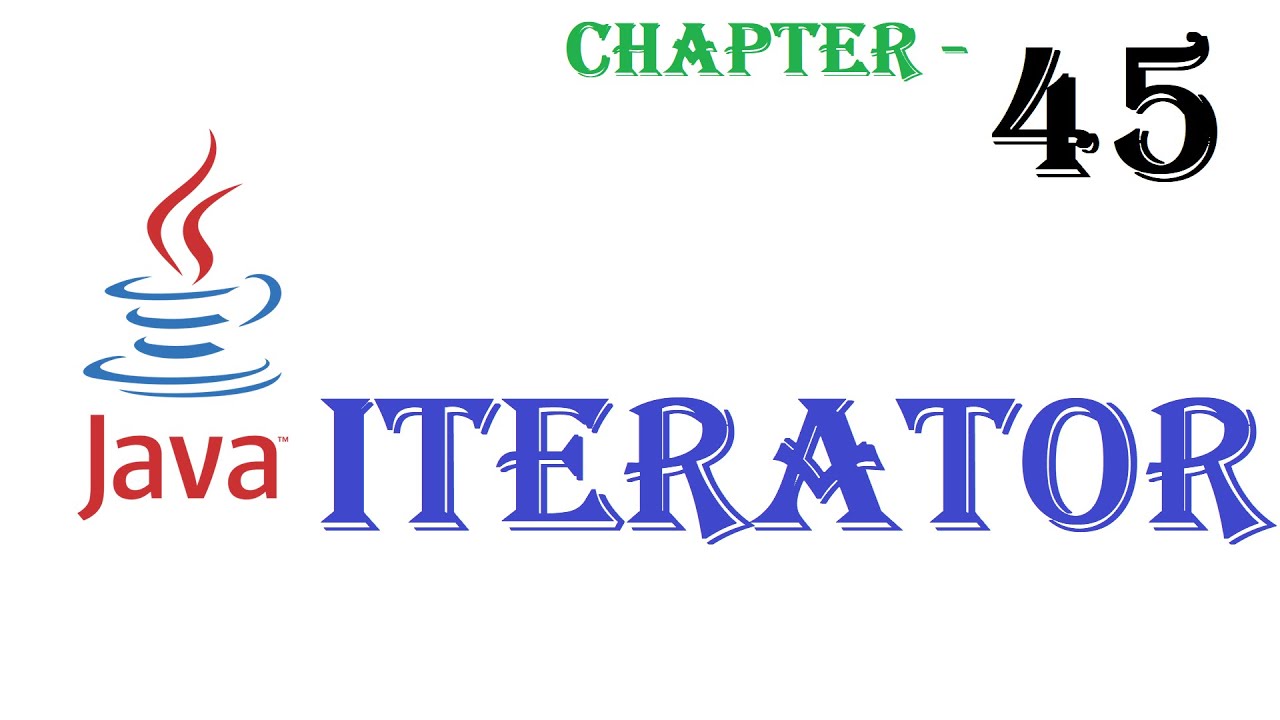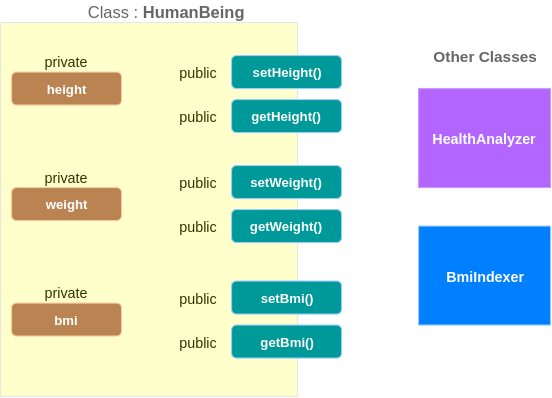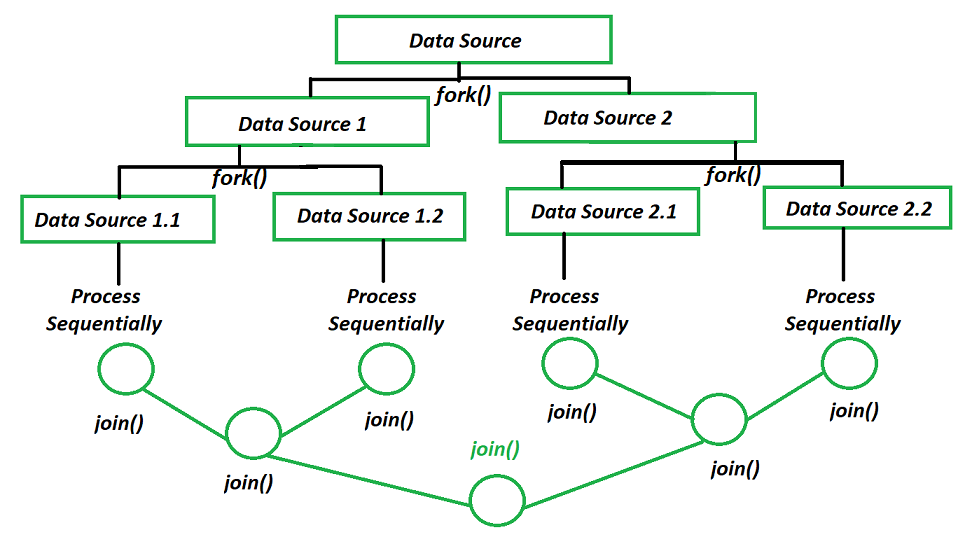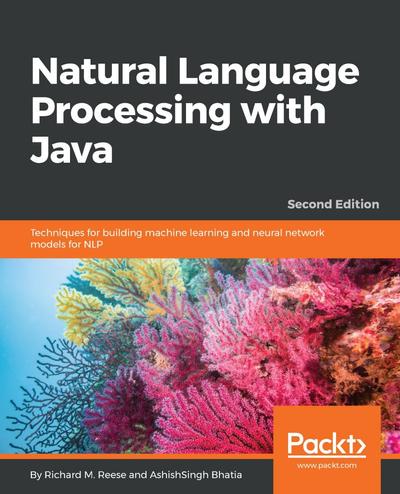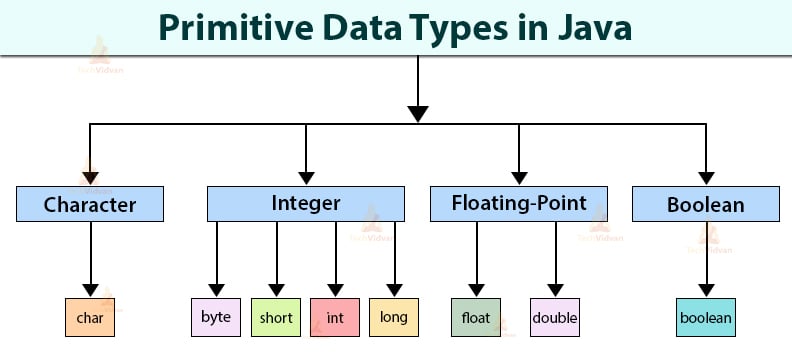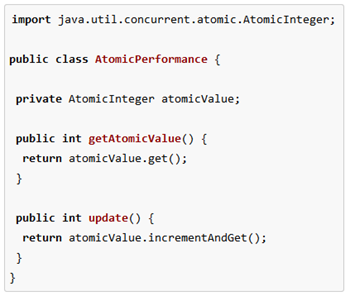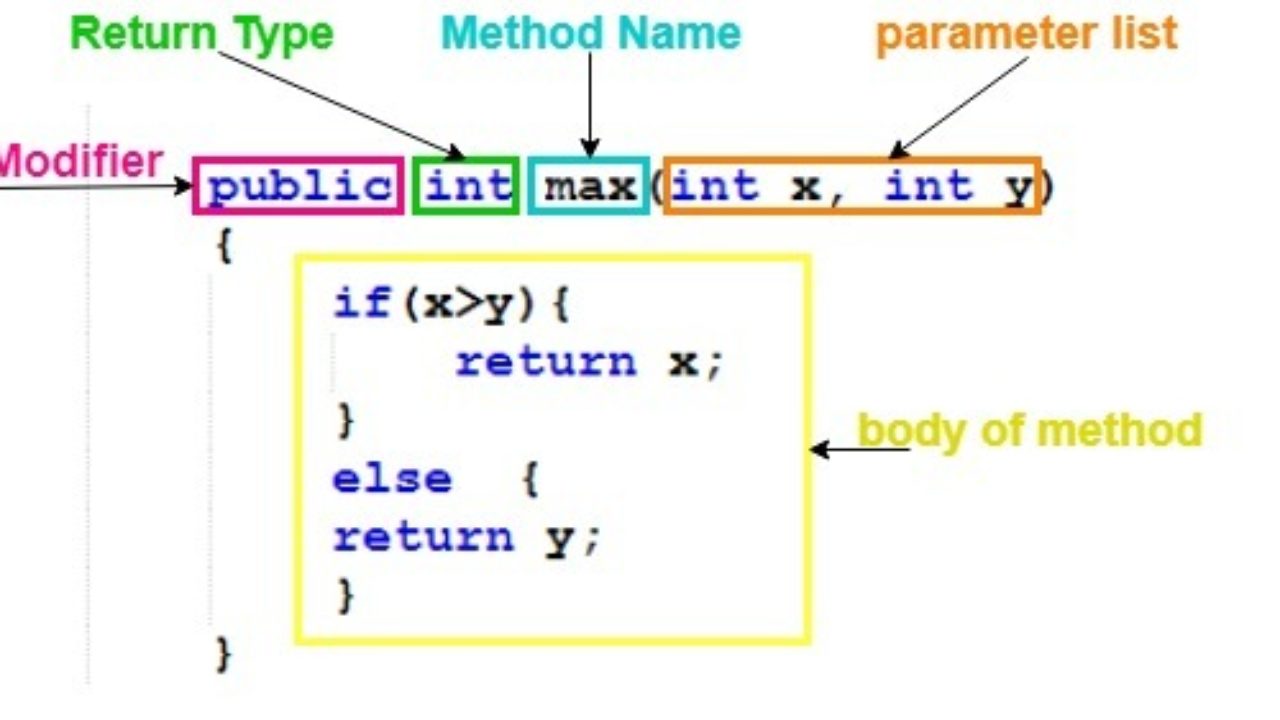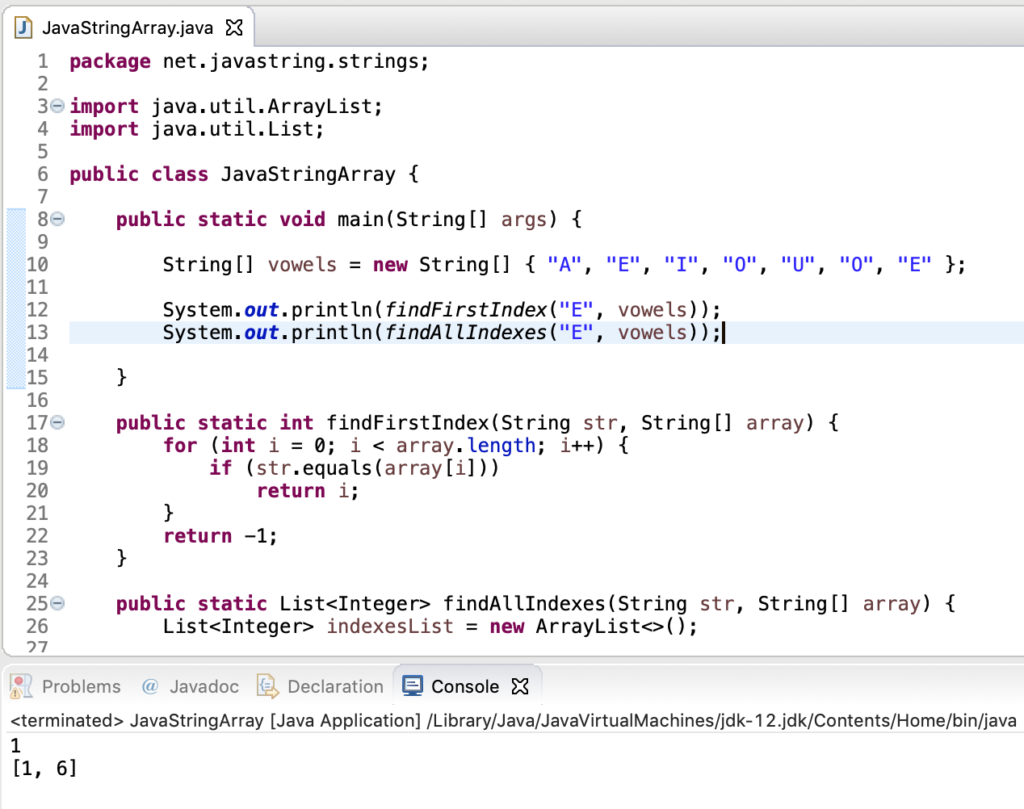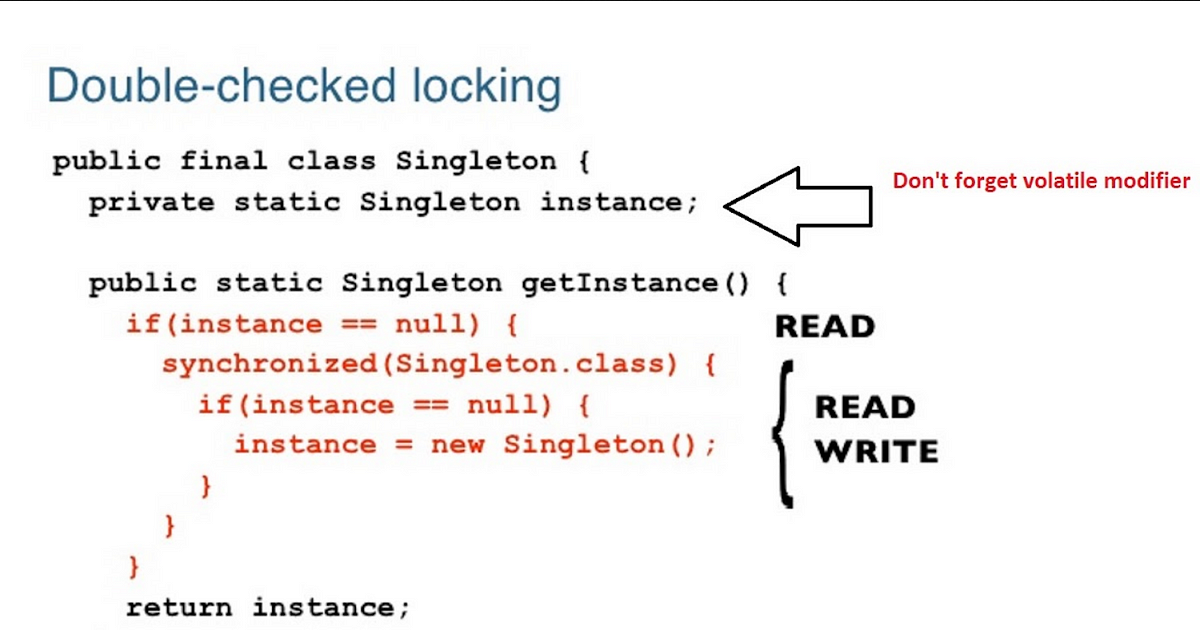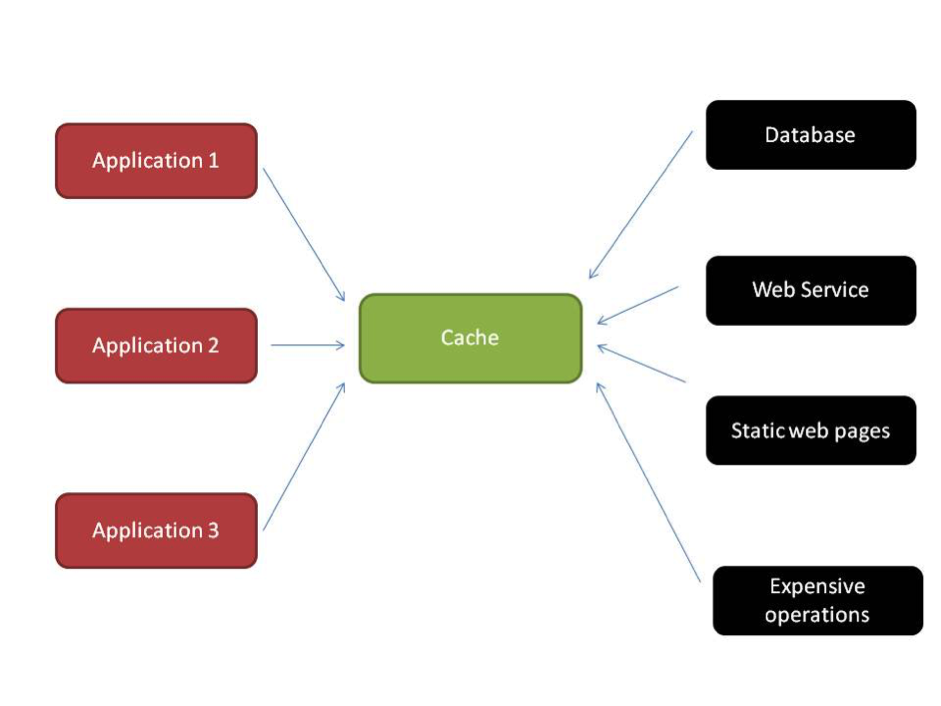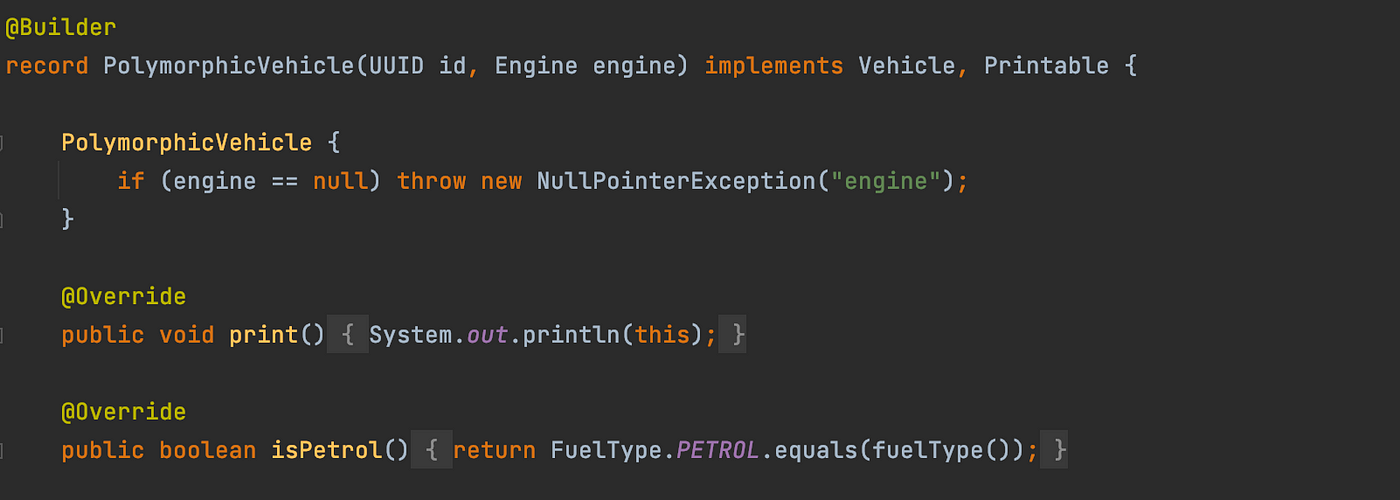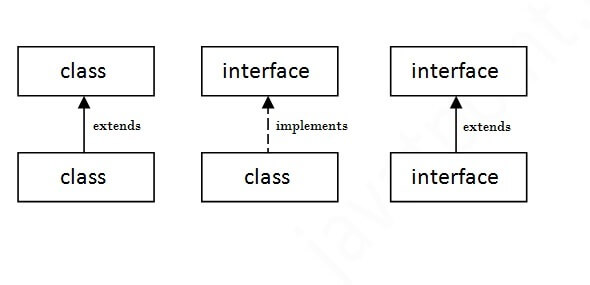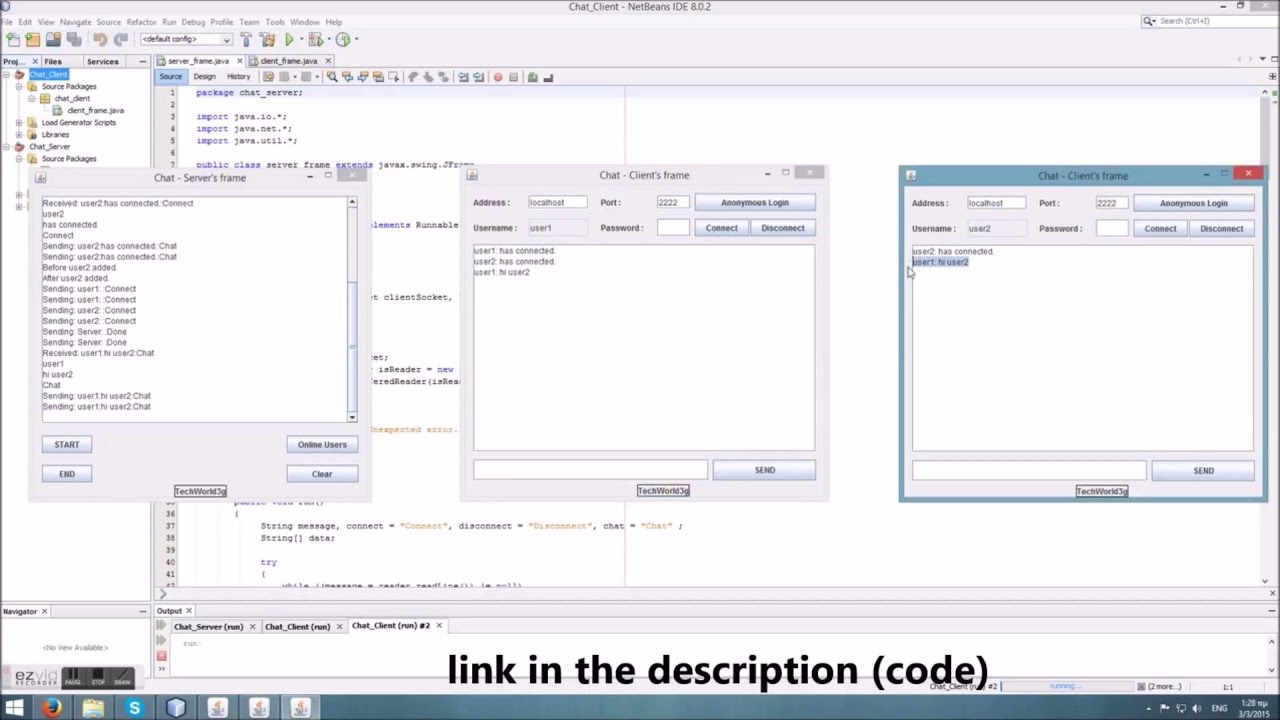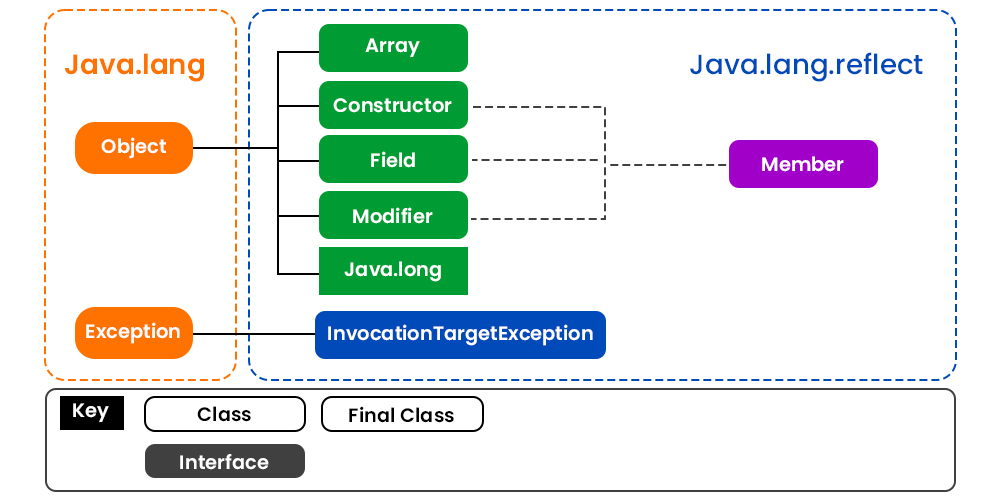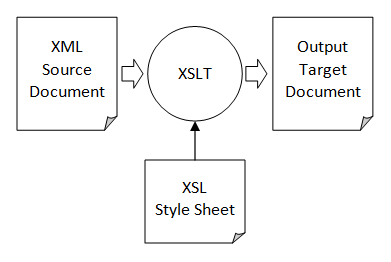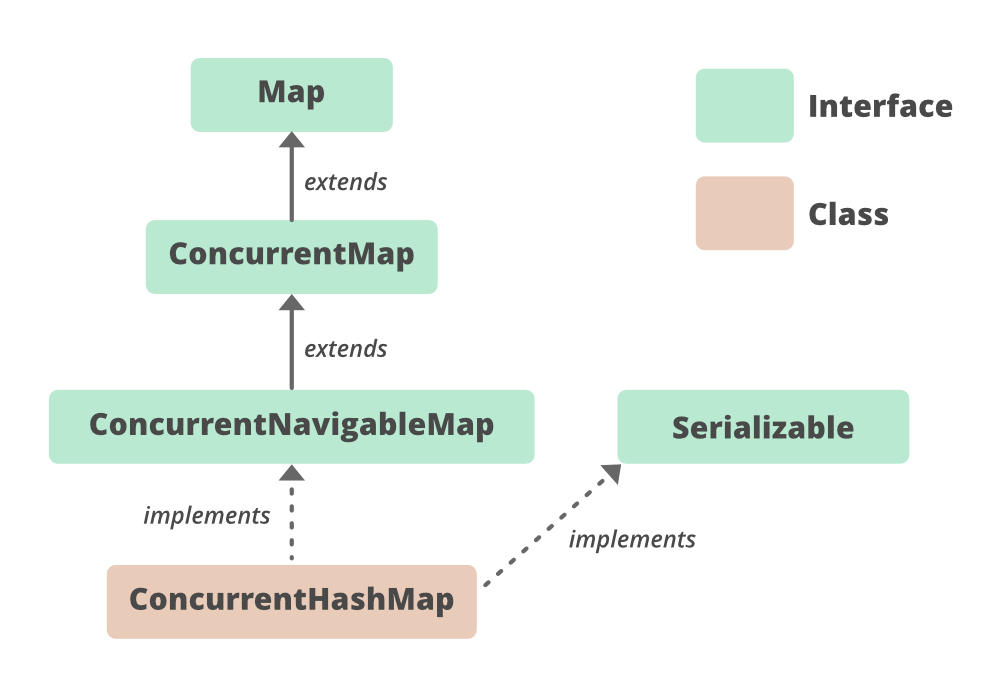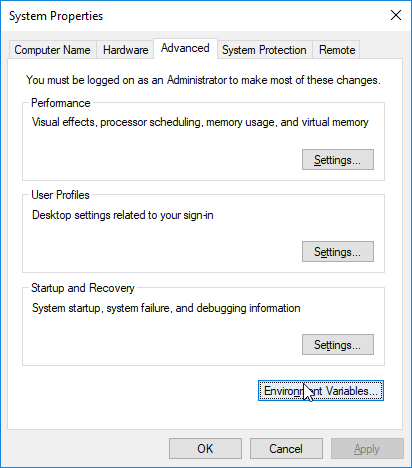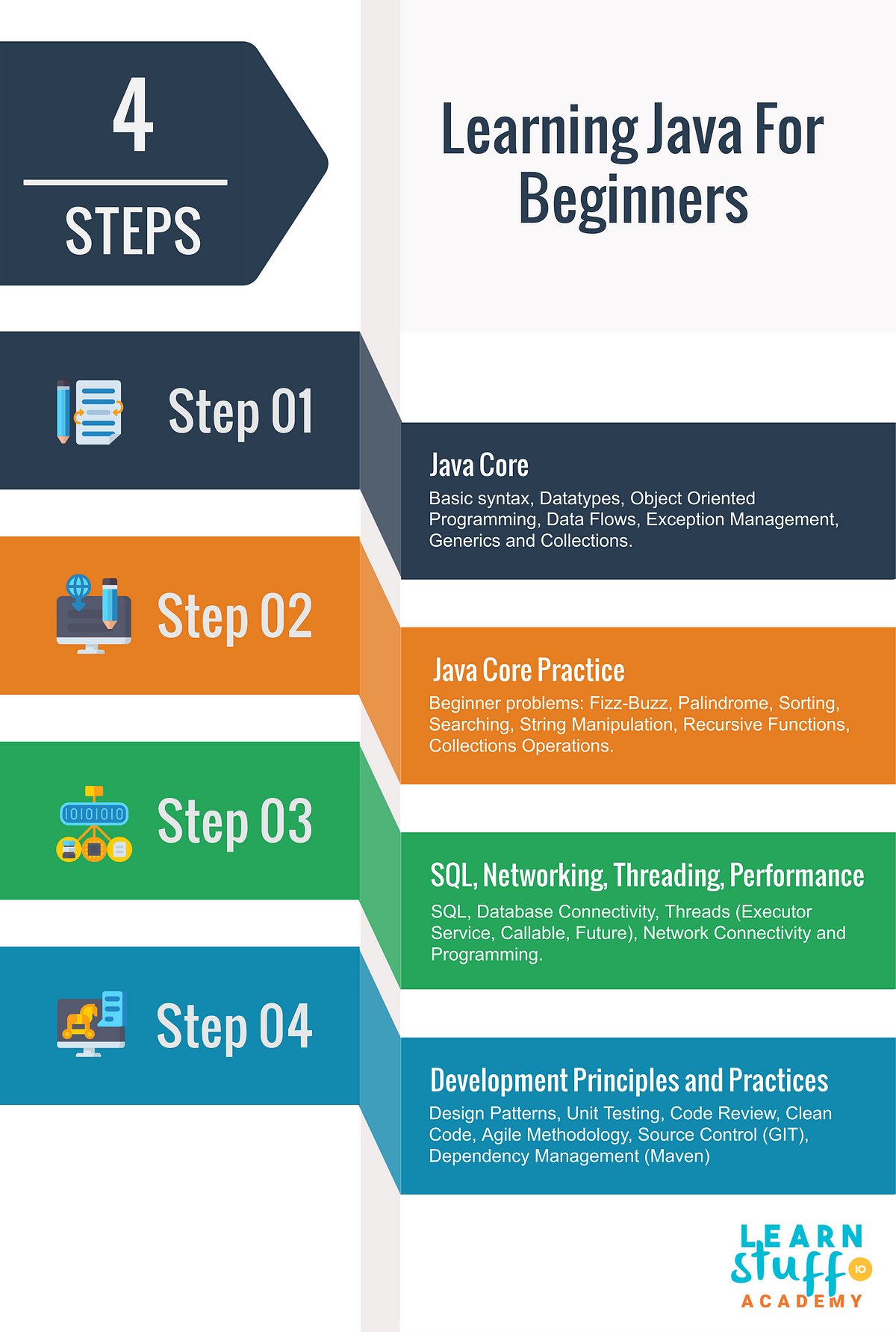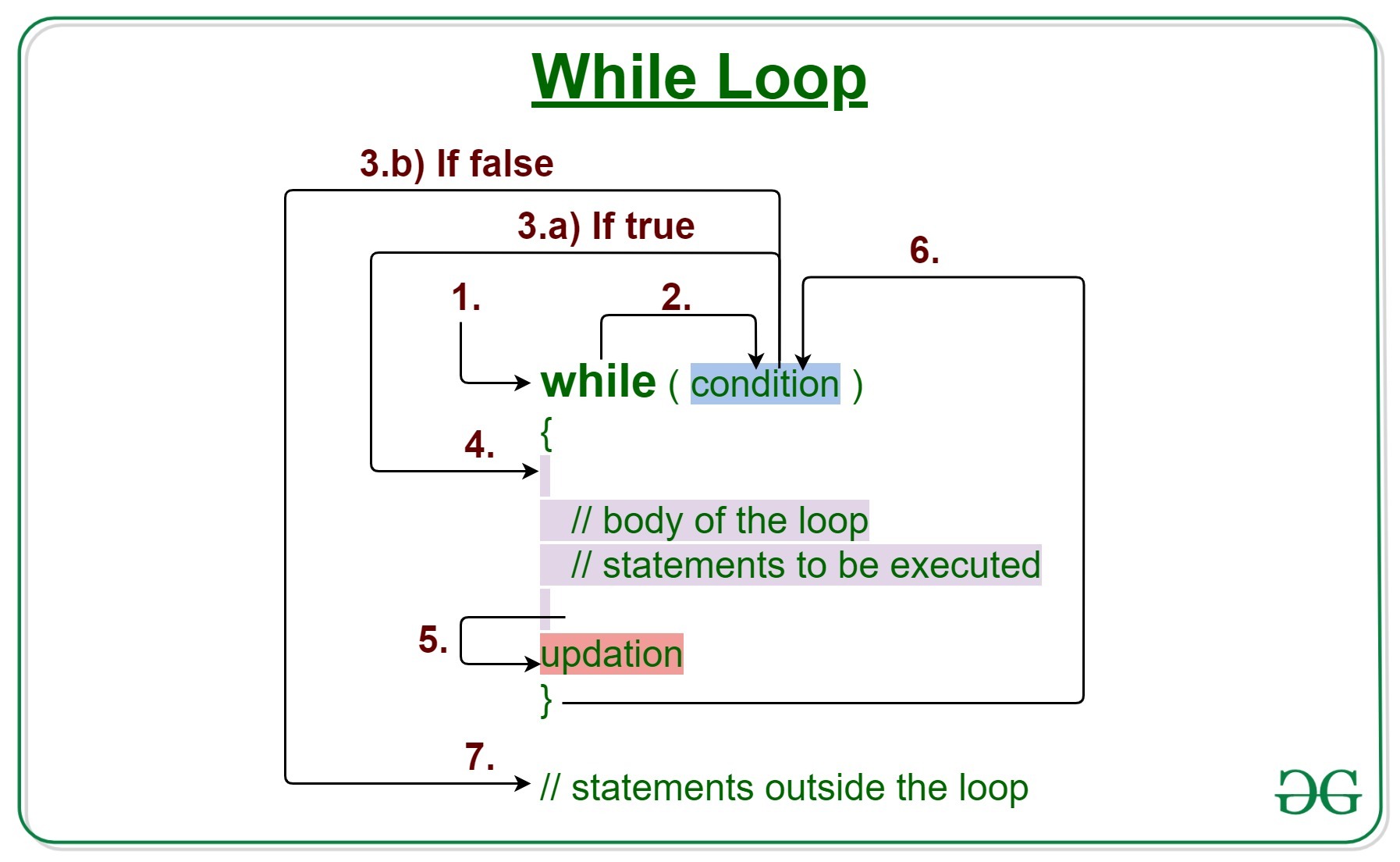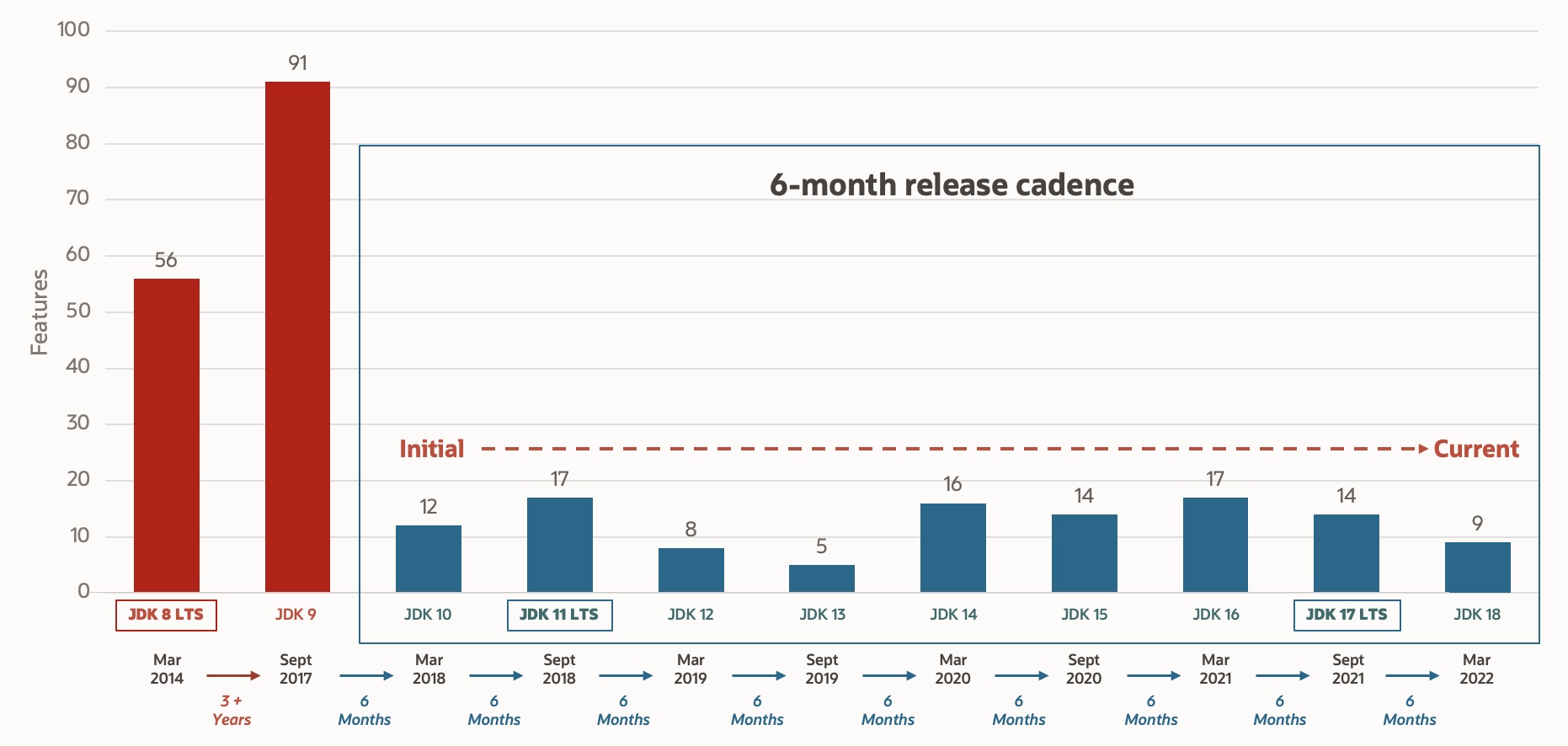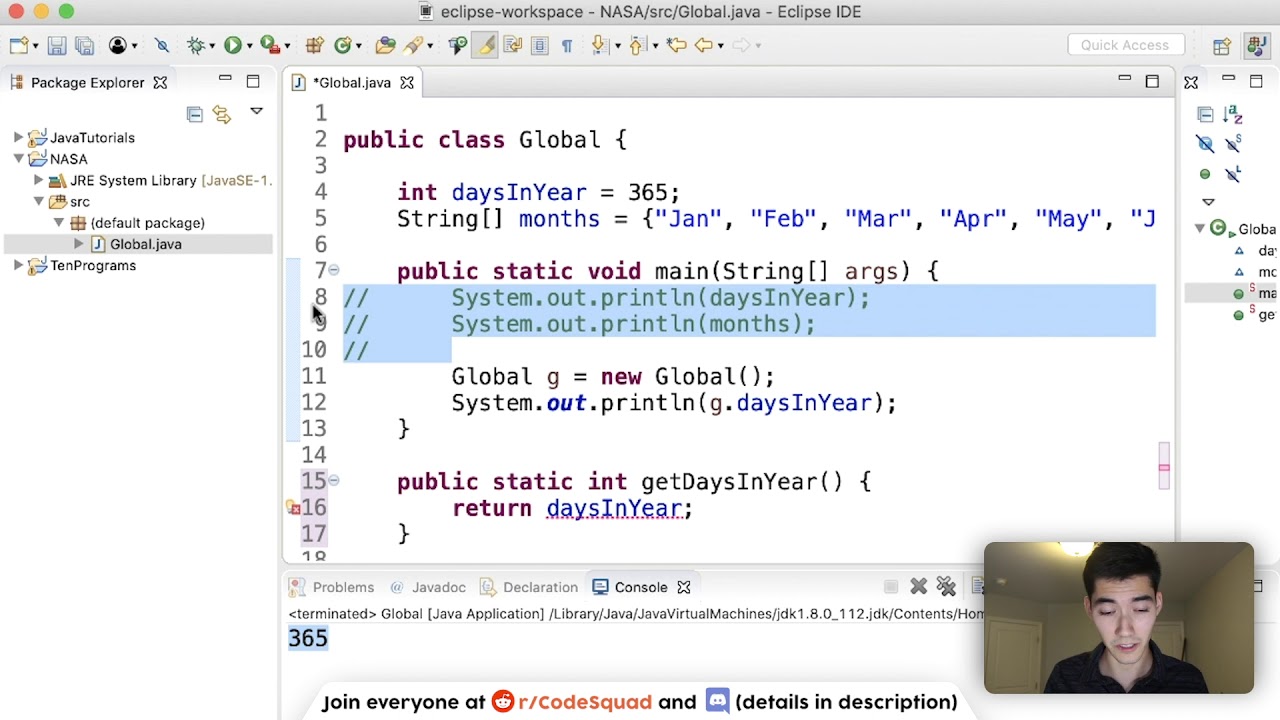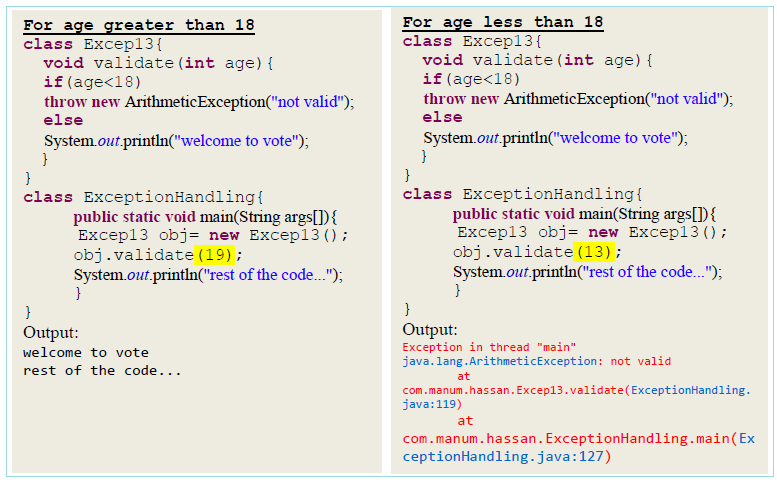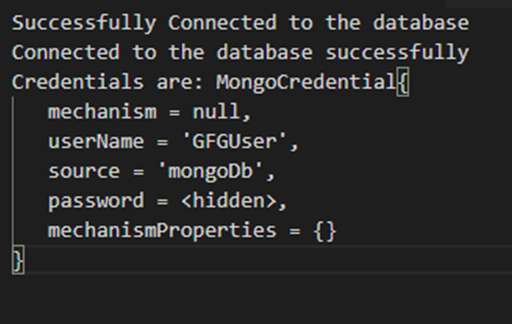What is a real life example of multithreading in Java?
What is a real life example of multithreading in Java?
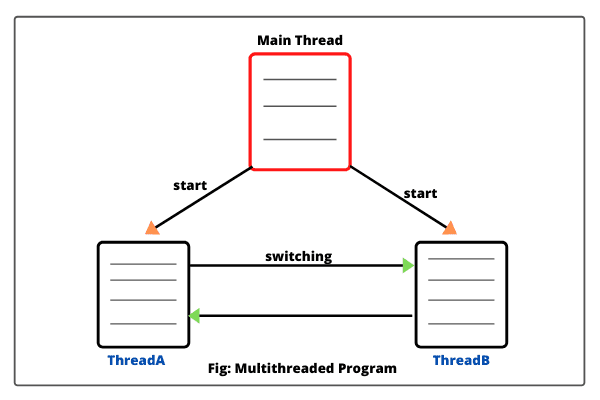
I'm happy to respond in English for this question!
Multithreading is a fundamental concept in programming that allows multiple threads (or flows) of execution to run concurrently within a single program or process. In Java, multithreading is achieved using the java.lang.Thread class and its related APIs.
A real-life example of multithreading in Java is a web crawler application that needs to simultaneously fetch data from multiple websites. Here's how it works:
Suppose we have a web crawling application called "WebCrawler" that needs to gather information about various companies listed on the NASDAQ stock exchange. The application has three main tasks:
Fetching company data: Each thread is responsible for fetching specific company data (e.g., stock prices, revenue, etc.) from the respective websites. Processing and storing data: Once the data is fetched, each thread processes and stores it in a database or file system.To achieve this concurrent processing, we can create multiple threads in Java that execute these tasks simultaneously. Here's an example of how to do this:
public class WebCrawler {public static void main(String[] args) {
// Create an executor service with 5 worker threads
ExecutorService executor = Executors.newFixedThreadPool(5);
// Define a task for each thread
List tasks = new ArrayList<>();
for (int i = 0; i < 10; i++) { // Fetch data from 10 companies
tasks.add(new CompanyDataTask(i)); // Each task represents a company
}
// Submit all tasks to the executor service
executor.invokeAll(tasks);
// Shutdown the executor service
executor.shutdown();
}
}
class CompanyDataTask implements Runnable {
private int companyId;
public CompanyDataTask(int companyId) {
this.companyId = companyId;
}
@Override
public void run() {
// Fetch company data from website using APIs or web scraping
fetchCompanyData(companyId);
// Process and store the fetched data
processAndStoreData(companyId);
}
}
In this example, we create an ExecutorService with 5 worker threads. We then define a list of tasks (each representing a company) that need to be executed concurrently. These tasks are submitted to the executor service using the invokeAll() method.
Each task is implemented as a Runnable interface, which defines a single method, run(), that represents the work performed by each thread. In this case, each task fetches data for a specific company and processes/stores it in the database or file system.
By using multithreading in Java, we can achieve better system utilization, responsiveness, and scalability. This is particularly useful when performing I/O-bound operations like web scraping or data processing, where threads can be safely paused and resumed without affecting the overall application performance.
Java multithreading baeldung
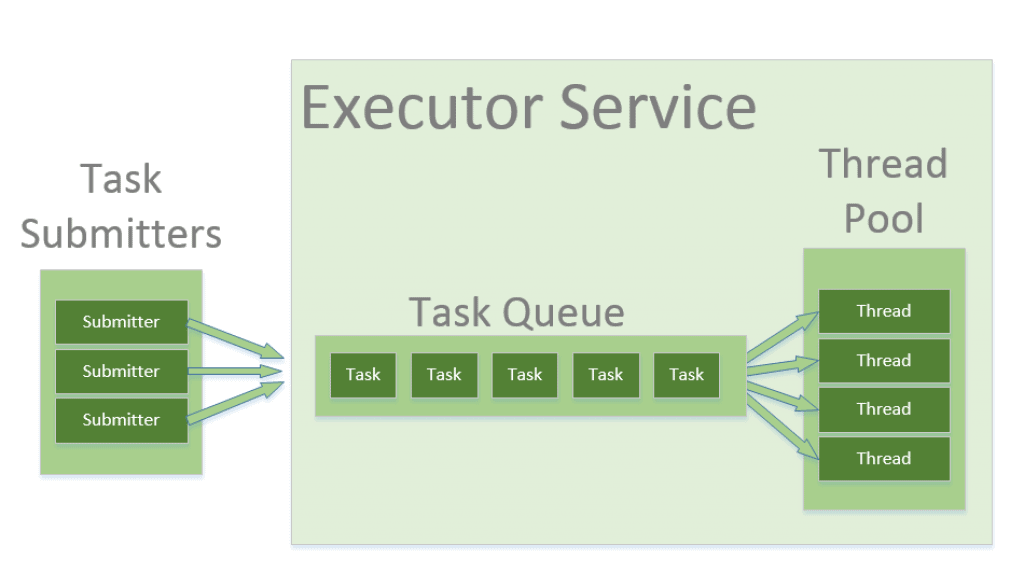
I see you're interested in learning about Java multithreading from Baeldung! That's a fantastic resource for developers seeking to improve their programming skills. Let me share some key takeaways from Baeldung's Java multithreading tutorial:
Why Multithreading?
Multithreading is essential in modern software development because it enables you to create responsive, efficient, and scalable applications that can handle multiple tasks simultaneously. In the context of Java, multithreading allows your program to perform multiple operations concurrently, improving overall system performance.
Java Threading Basics
Baeldung's tutorial covers the fundamental concepts of Java threading, including:
Thread vs. Process: A thread is a single flow of execution within a process. Multiple threads can share the same memory space and resources. Creating Threads: You can create new threads using theThread class or by extending the Thread class to define a custom thread. Thread States: A thread can be in one of three states: NEW (just created), RUNNABLE (ready to run), or TERMINATED (completed).
Thread Synchronization
Synchronizing threads is crucial when multiple threads access shared resources. Baeldung covers various synchronization techniques, including:
Synchronized Methods: You can use thesynchronized keyword to ensure that only one thread executes a method at a time. Lock Objects: Java provides several types of lock objects, such as ReentrantLock, Semaphore, and CountDownLatch. Atomic Variables: Using atomic variables ensures that updates to shared variables are thread-safe.
Thread Communication
Effective communication between threads is vital for efficient multithreading. Baeldung highlights:
Joining Threads: You can use thejoin() method to wait for a thread to finish executing. Interrupting Threads: The interrupt() method allows you to interrupt a thread, which can help with debugging and error handling. ThreadLocal Variables: Using ThreadLocal variables enables each thread to have its own copy of a variable.
Best Practices
To ensure your multithreaded Java applications run smoothly and efficiently:
Minimize Shared Resources: Share resources only when necessary, as excessive sharing can lead to performance issues. Use Thread Pools: Implementing thread pools helps manage the number of threads and reduces overhead. Monitor Threads: Use debugging tools or logging mechanisms to track thread execution and identify potential bottlenecks.In conclusion, Baeldung's Java multithreading tutorial is an excellent resource for developers looking to improve their understanding of threading in Java. By mastering these concepts and best practices, you can build scalable, responsive, and efficient applications that take full advantage of modern computing power.
